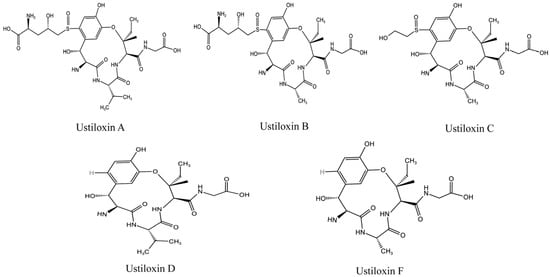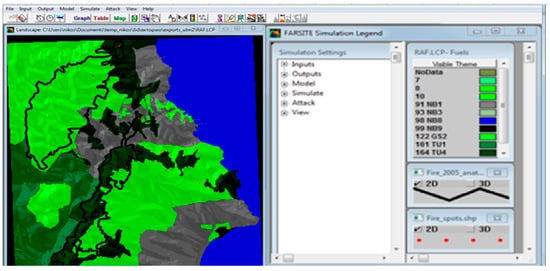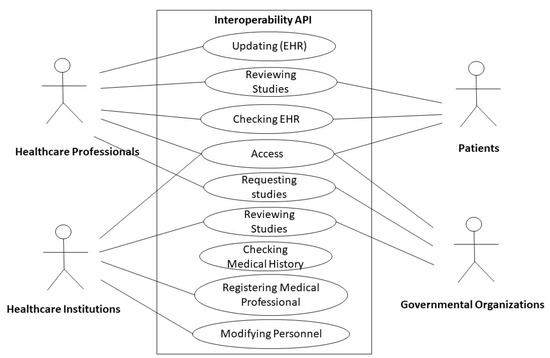Background and Objectives: The modified Duke index derived from coronary computed tomography angiography (CCTA) was designed to predict cardiovascular outcomes based on the severity of coronary stenosis. However, it does not take into consideration the presence or severity of peri‑coronary inflammation. The peri-coronary fat attenuation index (FAI) is a novel imaging marker determined by CCTA which reflects the degree of inflammation in the coronary tree in patients with coronary artery disease. To assess the association between the modified Duke index assessed by CCTA, cardiovascular risk factors, and peri-coronary inflammation in the coronary arteries of patients with coronary artery disease.
Materials and Methods: One hundred seventy-two patients who underwent CCTA for typical angina were assigned into two groups based on the modified Duke index: group 1—patients with low index, ≤3 (n = 107), and group 2—patients with high index, >3 (n = 65). Demographic, clinical, and CCTA data were collected for all patients, and FAI analysis of coronary inflammation was performed.
Results: Patients with increased values of the modified Duke index were significantly older compared to those with a low index (61.83 ± 9.89 vs. 64.78 ± 8.9;
p = 0.002). No differences were found between the two groups in terms of gender distribution, hypertension, hypercholesterolemia, or smoking history (all
p > 0.5). The FAI score was significantly higher in patients from group 2, who presented a significantly higher score of inflammation compared to the patients in group 1, especially at the level of the right coronary artery (FAI score, 20.85 ± 15.80 vs. 14.61 ± 16.66;
p = 0.01 for the right coronary artery, 13.85 ± 8.04 vs. 10.91 ± 6.5;
p = 0.01 for the circumflex artery, 13.26 ± 10.18 vs. 11.37 ± 8.84;
p = 0.2 for the left anterior descending artery). CaRi-Heart
® analysis identified a significantly higher risk of future events among patients with a high modified Duke index (34.84% ± 25.86% vs. 16.87% ± 15.80%;
p < 0.0001). ROC analysis identified a cut-off value of 12.1% of the CaRi-Heart
® risk score for predicting a high severity of coronary lesions, with an AUC of 0.69.
Conclusions: The CT-derived modified Duke index correlates well with local perilesional inflammation as assessed using the FAI score at different levels of the coronary circulation.
Full article
 IJMS
IMPACT
IJMS
IMPACT Applied Sciences
IMPACT
Applied Sciences
IMPACT Sustainability
IMPACT
Sustainability
IMPACT Sensors
IMPACT
Sensors
IMPACT JCM
IMPACT
JCM
IMPACT Materials
IMPACT
Materials
IMPACT Molecules
IMPACT
Molecules
IMPACT Energies
IMPACT
Energies
IMPACT Electronics
IMPACT
Electronics
IMPACT Remote Sensing
IMPACT
Remote Sensing
IMPACT Cancers
IMPACT
Cancers
IMPACT Nutrients
IMPACT
Nutrients
IMPACT Mathematics
IMPACT
Mathematics
IMPACT Foods
IMPACT
Foods
IMPACT Buildings
IMPACT
Buildings
IMPACT Polymers
IMPACT
Polymers
IMPACT Animals
IMPACT
Animals
IMPACT Water
IMPACT
Water
IMPACT Plants
IMPACT
Plants
IMPACT Agronomy
IMPACT
Agronomy
IMPACT Biomedicines
IMPACT
Biomedicines
IMPACT Processes
IMPACT
Processes
IMPACT Microorganisms
IMPACT
Microorganisms
IMPACT Diagnostics
IMPACT
Diagnostics
IMPACT Nanomaterials
IMPACT
Nanomaterials
IMPACT Viruses
IMPACT
Viruses
IMPACT Medicina
IMPACT
Medicina
IMPACT Healthcare
IMPACT
Healthcare
IMPACT Cells
IMPACT
Cells
IMPACT Forests
IMPACT
Forests
IMPACT Agriculture
IMPACT
Agriculture
IMPACT Land
IMPACT
Land
IMPACT JMSE
IMPACT
JMSE
IMPACT IJERPH
IJERPH
 Symmetry
IMPACT
Symmetry
IMPACT Genes
IMPACT
Genes
IMPACT Pharmaceutics
IMPACT
Pharmaceutics
IMPACT Coatings
IMPACT
Coatings
IMPACT Micromachines
IMPACT
Micromachines
IMPACT Pharmaceuticals
IMPACT
Pharmaceuticals
IMPACT Atmosphere
IMPACT
Atmosphere
IMPACT Children
IMPACT
Children
IMPACT Religions
IMPACT
Religions
IMPACT Antioxidants
IMPACT
Antioxidants
IMPACT Life
IMPACT
Life
IMPACT Metals
IMPACT
Metals
IMPACT Biomolecules
IMPACT
Biomolecules
IMPACT Vaccines
IMPACT
Vaccines
IMPACT Education Sciences
IMPACT
Education Sciences
IMPACT Minerals
IMPACT
Minerals
IMPACT Horticulturae
IMPACT
Horticulturae
IMPACT Brain Sciences
IMPACT
Brain Sciences
IMPACT JPM
IMPACT
JPM
IMPACT Bioengineering
IMPACT
Bioengineering
IMPACT



















